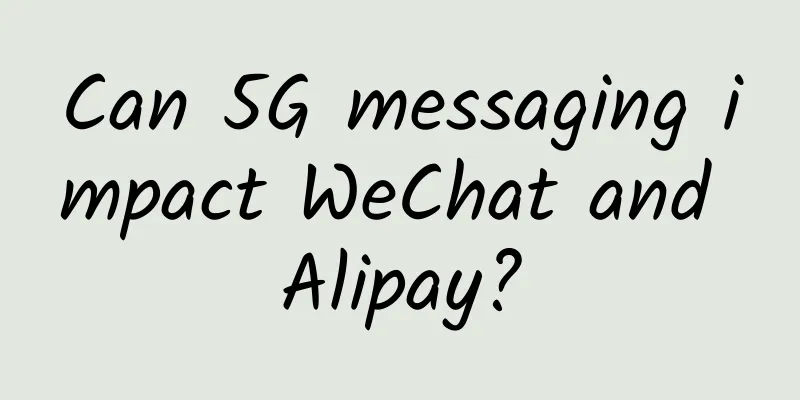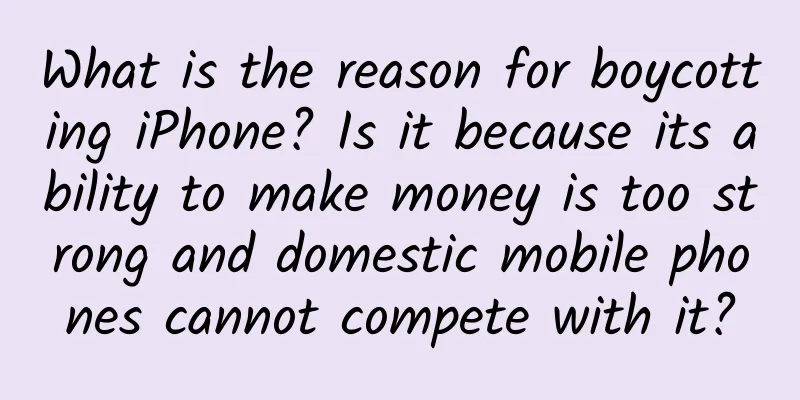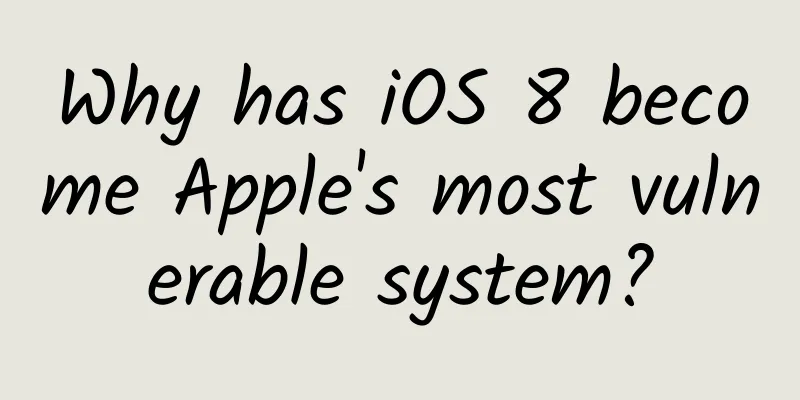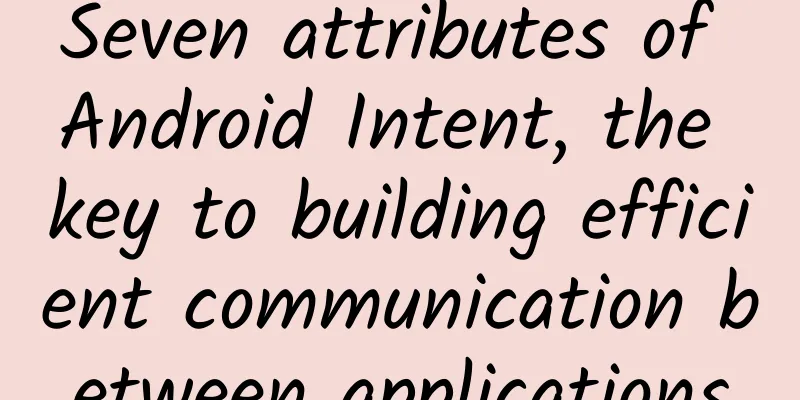Can 5G messaging impact WeChat and Alipay?

|
On April 8, China Mobile, China Unicom and China Telecom, the three major operators, jointly released the "5G Message White Paper" and announced the joint launch of the 5G message service. How are 5G messages different from traditional short messages? In short, 5G messages are multimedia and interactive services. They not only have text and pictures, but can also send videos, locations, and even complete payments. For example, in a 5G SMS conversation with 12306, users can quickly book tickets, pay, change tickets, and more by sending voice or text or clicking on keywords.
According to reports, 5G messaging services are divided into two types. One is interaction between individual users, and the other is interaction between enterprises and individual users. For individual users, 5G messaging will break through the length limit of traditional SMS, and the content will also break through the limitations of text, realizing the effective integration of text, pictures, audio, video, location and other information. For enterprises, 5G messaging will provide them with an information interaction interface with individual users. Enterprises can provide personalized services and consultations to users through rich media such as text, voice, and tabs. 5G messages inherit the features of traditional SMS, such as no registration and login, no application installation, and further make information exchange convenient and efficient. In addition, 5G messages also support information exchange methods such as encrypted transmission and graphic passwords, which can ensure information security and protect user privacy. "5G messaging is the common choice of global operators. Based on the unified GSMA RCS standard, it will bring customers new experiences such as multimedia messaging, business messaging, intelligent messaging, interactive services, security and anti-counterfeiting," said Dong Xin, deputy general manager of China Mobile. Ma Jihua, a senior telecom analyst, believes that in the future 5G era, diversified terminals, the Internet of Things and mobile Internet will be integrated, and the value of text messages will be further reflected. Industry experts believe that 5G messaging has a broader application prospect in the enterprise market. "5G messaging integrates text, pictures, images, and sounds, and establishes a menu system. Short messages become a comprehensive information system that can provide services through various means. The short message menu is on the first screen of the mobile phone, in an important position next to the phone call. It occupies this position. Improving its capabilities to a comprehensive service platform will make it easier for users to use," said Xiang Ligang, chairman of the Information Consumption Alliance. 5G messaging is an important part of the 5G ecosystem and digital economy. It carries the important mission of transforming and upgrading traditional SMS services, and also contains an important opportunity for the evolution and iteration of information service models. For 5G messaging services, operator interoperability is very important. The joint release of the "5G Message White Paper" by the three major operators reflects the open sharing among operators in this business. Dong Xin said that China Mobile will work with the industry to accelerate the development of 5G messaging and enrich 5G application scenarios. Wang Guoquan, deputy general manager of China Telecom, said that China Telecom will strengthen cooperation with all parties in the industry chain to jointly create a high-value messaging ecosystem with network interconnection, business interconnection, terminal sharing, and consistent experience. Fan Yunjun, deputy general manager of China Unicom, also said that he hopes that all parties in the industry chain can work together to jointly create a 5G messaging ecosystem, upgrade the messaging service experience of mobile phone users, and boost the application value of the information service industry. At the same time, related companies in the industry chain have also expressed their views. It is reported that Xiaomi mobile phones will support 5G messages in all 5G models in the future and actively promote the commercial use of 5G message products. Samsung is developing 5G messaging services based on the latest operator specifications and plans to provide full support for 5G mobile phones this year. Will 5G messaging impact WeChat and Alipay? Xiang Ligang believes that the strength of telecom operators depends on interconnection and interoperability. The 5G messaging service platform requires support not only from telecom operators but also from mobile phone manufacturers and service providers. If telecom operators integrate more service providers with a more open mind and become a powerful integrated service platform, it will impact WeChat, Alipay, etc. "Operators have joined together to provide users with unified, standardized services. No force can interfere or hinder this because operators are the underlying communications layer, a capability that no other Internet company has," said Ma Jihua. |
<<: Apple pushes iOS 13.4.1 update to fix FaceTime call issues
Recommend
What are the functions of the Lanzhou designated driver mini program? How much does it cost to make a designated driver app?
Nowadays, the country’s control over drunk drivin...
Why do Toutiao always know what you like to watch?
There are many apps like Toutiao and Qingmang Rea...
Good Method Classroom Wang Fang Knows the Earth (Intermediate)
Good Method Classroom Wang Fang Knowing the Earth...
Native advertising has deep routines. How can case-based copywriting make information flow advertising more outstanding?
You must have seen headlines like this: "Oh ...
XY Apple Assistant: Three new iPhones of different sizes coming in autumn
iPhone 6s, as Apple's blockbuster product, wi...
Representatives suggest: Substantially reduce WeChat payment fees
[[384746]] Regardless of the field, handling fees...
Make friends with e-commerce academy · Get started with live streaming with zero basics, and learn how to become a live streaming anchor
Make friends with e-commerce academy. Get started...
Creating Animated Google Maps Markers with CSS and JavaScript
one, Introduction The Google Maps API allows web ...
Product attracting new customers strategy!
As the Internet enters the second half, the price...
Programmers need to have continuous output
I believe that all programmers need to find a goo...
What are the methods and techniques for online promotion?
Internet promotion is to publicize and promote pr...
Code practice for handling i18n international telephone area codes
Preface Last week, I was busy with the internatio...
Qidong SEO training: If you want to do online promotion, website structure is very important
With the development of the Internet era, everyon...
How to implement the real-name system for buildings in Foshan? Which company has the real-name attendance equipment for construction sites in Foshan?
The whole country is implementing the real-name s...
How to efficiently create a set of creative information flow materials?
The article is mainly divided into three parts: P...









